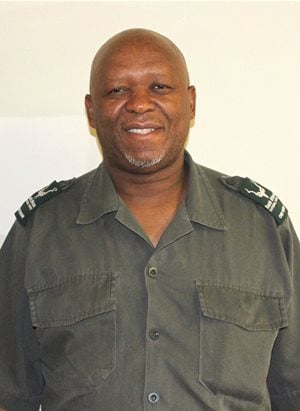Marketing & Media trends
Industry trends
BizTrends Sponsors
Trending




 Sabre EMEA 2024 Awards: Razor PR, Retroviral top SA agenciesDanette Breitenbach
Sabre EMEA 2024 Awards: Razor PR, Retroviral top SA agenciesDanette Breitenbach
#BizTrends2020: Technologies and tactics in curbing wildlife poaching

When it is working, it can act as a force multiplier because it can be active 24/7. Information provided by technology, in general, is accurate in terms of time, position, altitude and other variables. Protected area agencies must be aware that anti-poaching technology is changing rapidly and they must be prepared to adapt to those changes.
Most technologies are designed for fighting crime in urban areas which are smaller in size with high human densities, and developed mainly from the Northern Hemisphere countries where climatic conditions are not the same. In rural areas, human population is low, bigger areas are to be covered, and there is usually poor connectivity. These conditions also require high power retention technologies. These challenges impact on limited resources such as budget and manpower in protected areas. Bringing these technologies into rural areas is costly and at times some of the technologies are not viable in these areas. These challenges call for prioritisation based on the threats and the value of the environmental assets.
Types of technologies used in protected areas

With a wide range of activities taking place in protected areas, including wildlife, landscapes and human activities (tourism, counter-poaching, research), technology must be able to differentiate between friendly forces and enemies. Game such as elephants can uproot foreign objects, hyenas can bite cables and rhino can rub themselves against anchor posts. Some of the assets also share some characteristics that are similar to human beings e.g. same temperature (for thermal detection) at different times of the night - such as termite mounds and certain species of trees, as well as shape, and walking patterns.
There are five main types of technologies used in protected areas:
- Personal technologies: In some protected areas, personal technologies are a standard part of the operation, including activities such as law enforcement and guiding. For example, in protected areas with potentially dangerous animals, such as hippo, buffalo, elephant, lions and leopards, firearms are used to protect human lives.
- Night vision technologies: Poachers walk around mostly at night to avoid easy detection by rangers and exploit cooler temperatures, particularly in the lowveld of South Africa. Night vision technologies can be used to detect and deter poachers when visibility is low at night.
- Mobile technologies: These include air support, tracking devices such as GPS, cyber trackers, scanners, command and control technologies such as cellphones and radios, perimeter technologies such as seismic and magnetic cables, area-specific technologies such as trap cameras, as well as airborne sensors.
Technology forms part of the game changers in counter poaching and includes canines, air-mobility and field personnel. In the Kruger National Park, we are making headway with technology, however no technology can replace troops on the ground.



